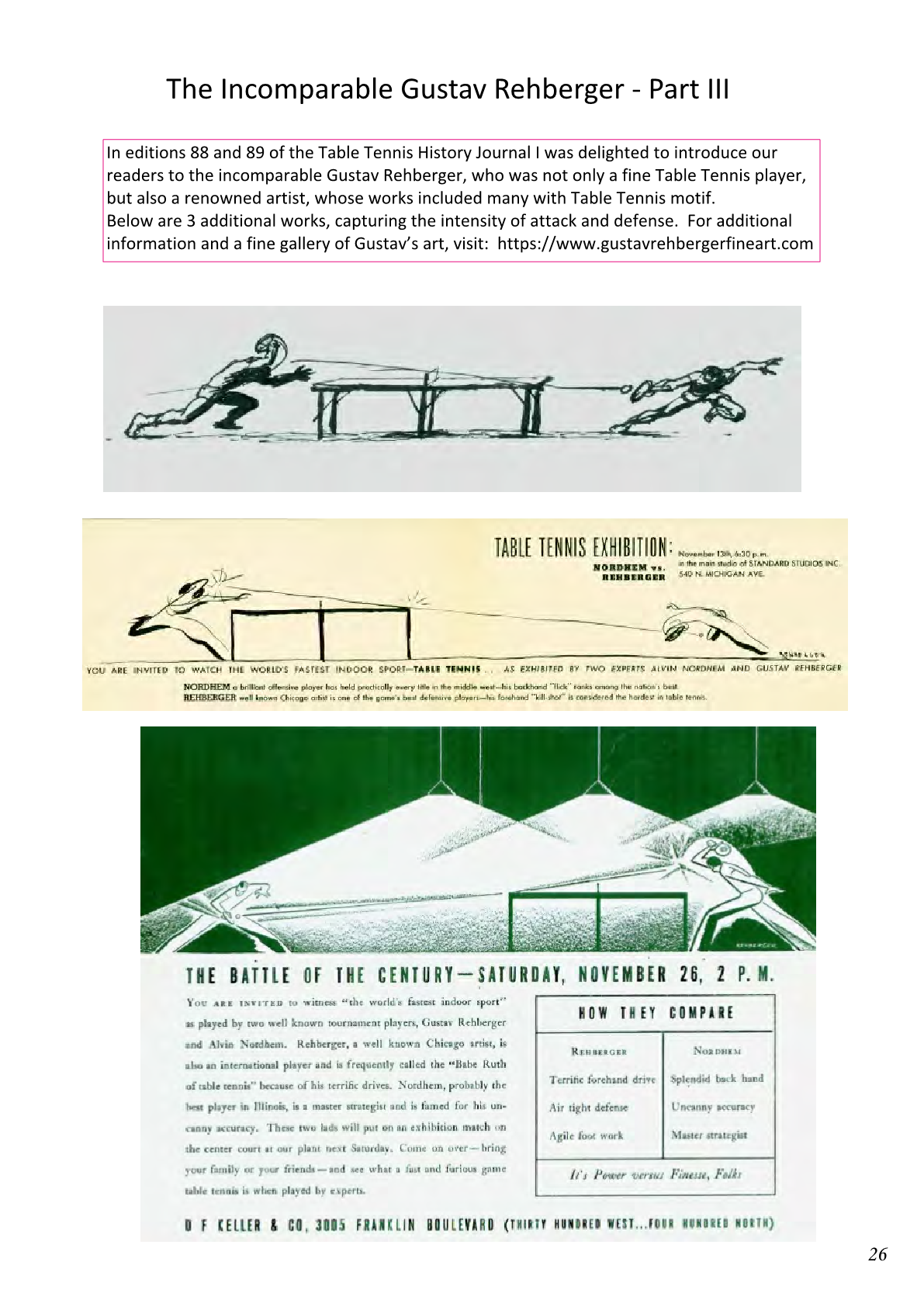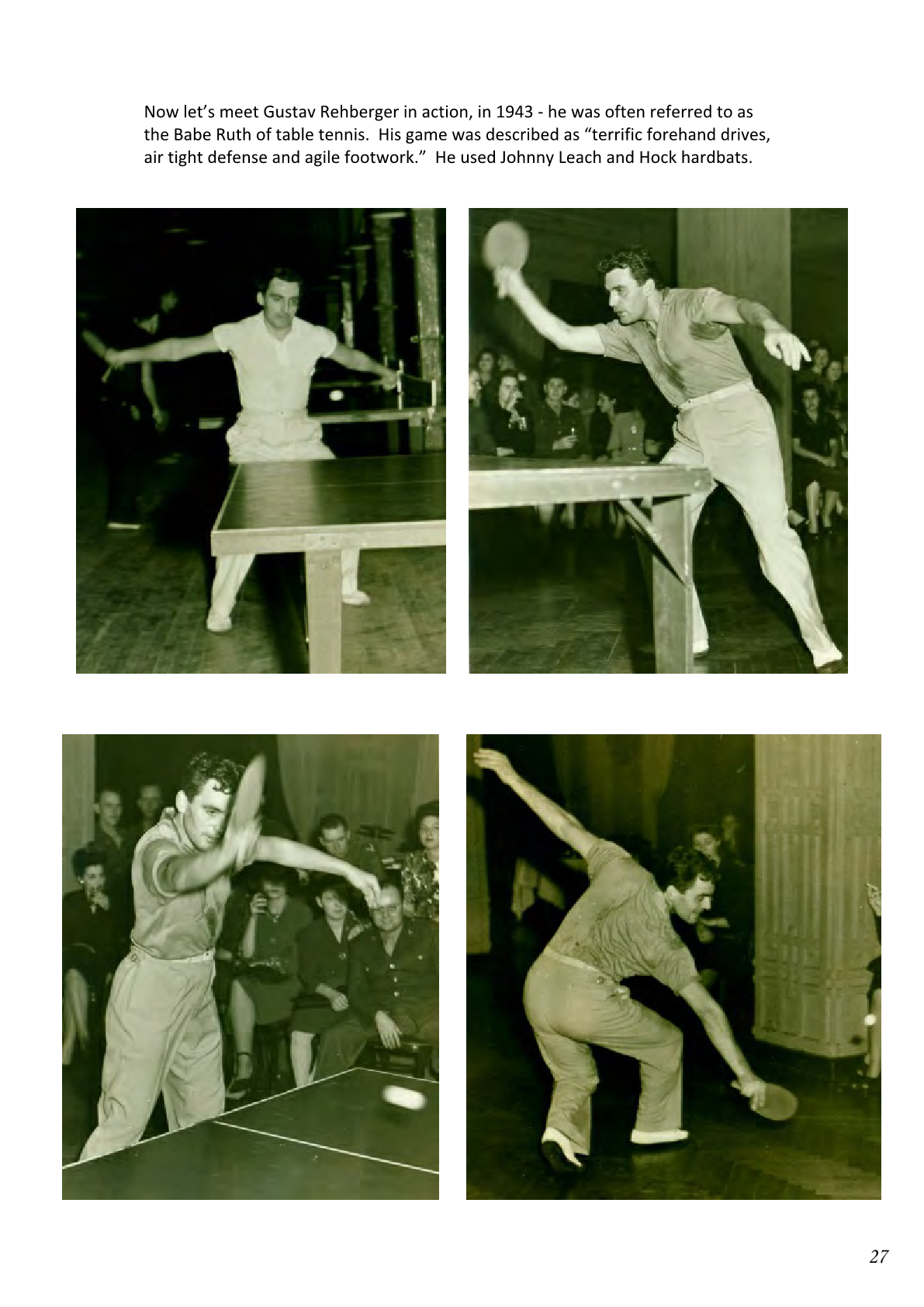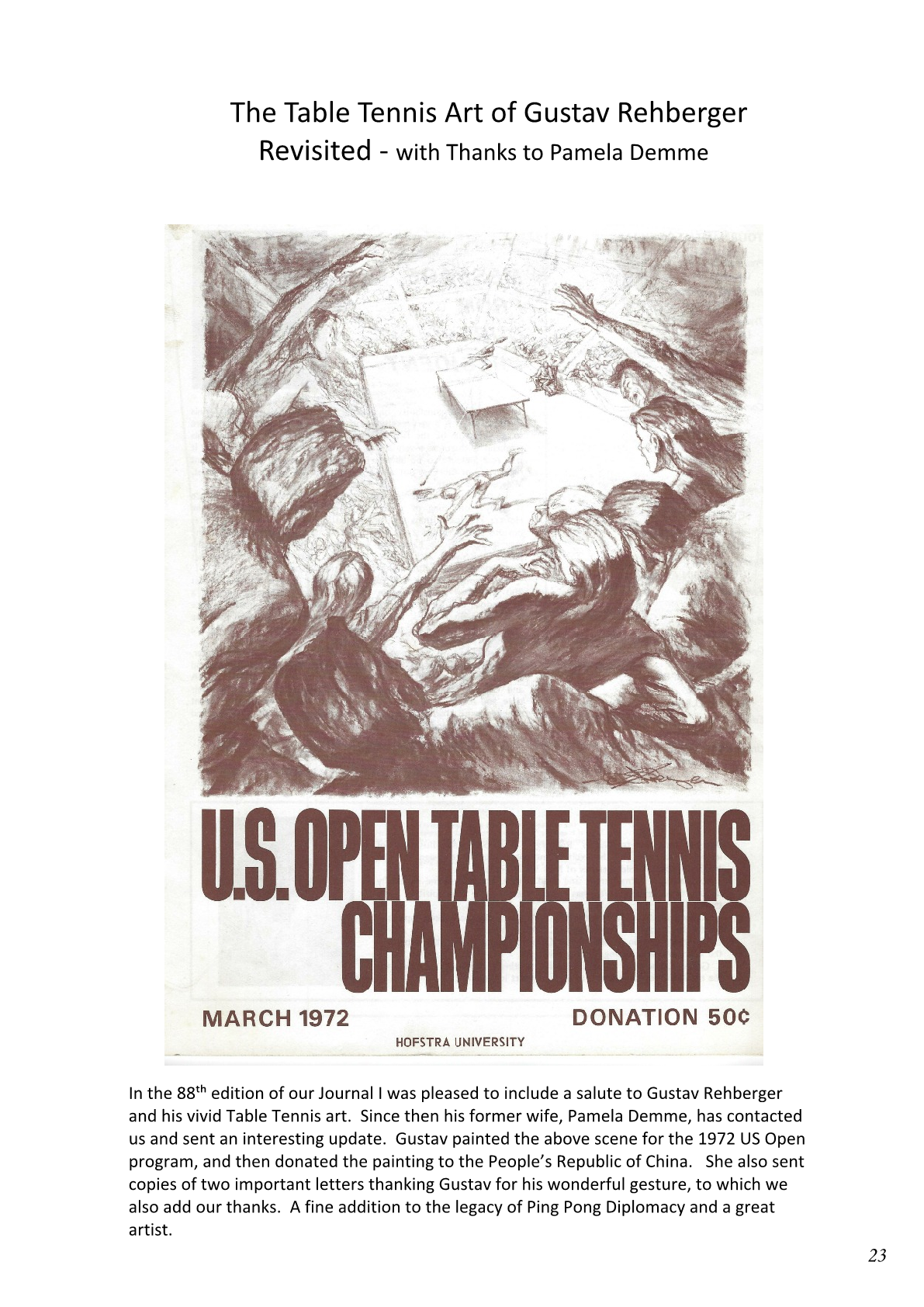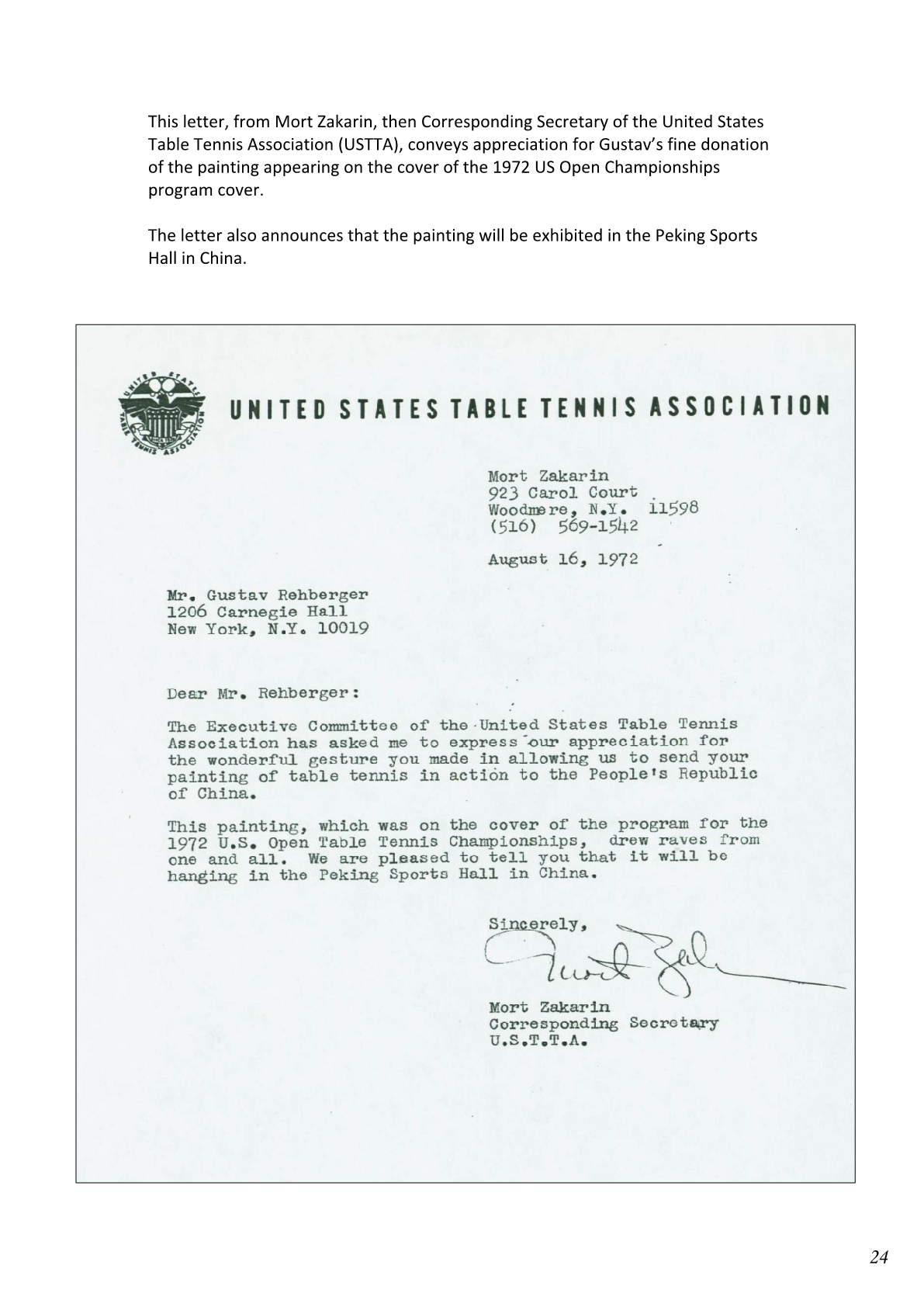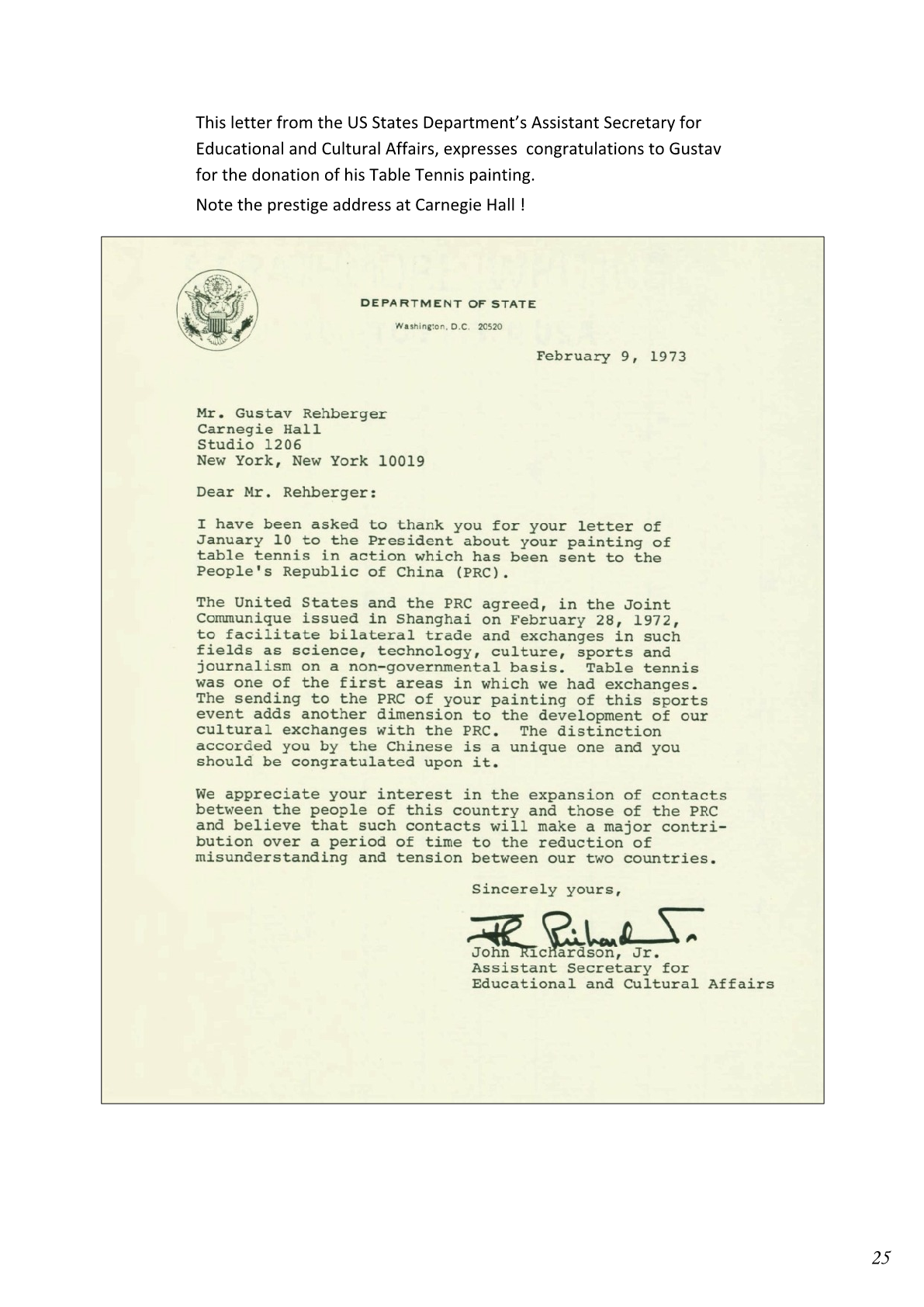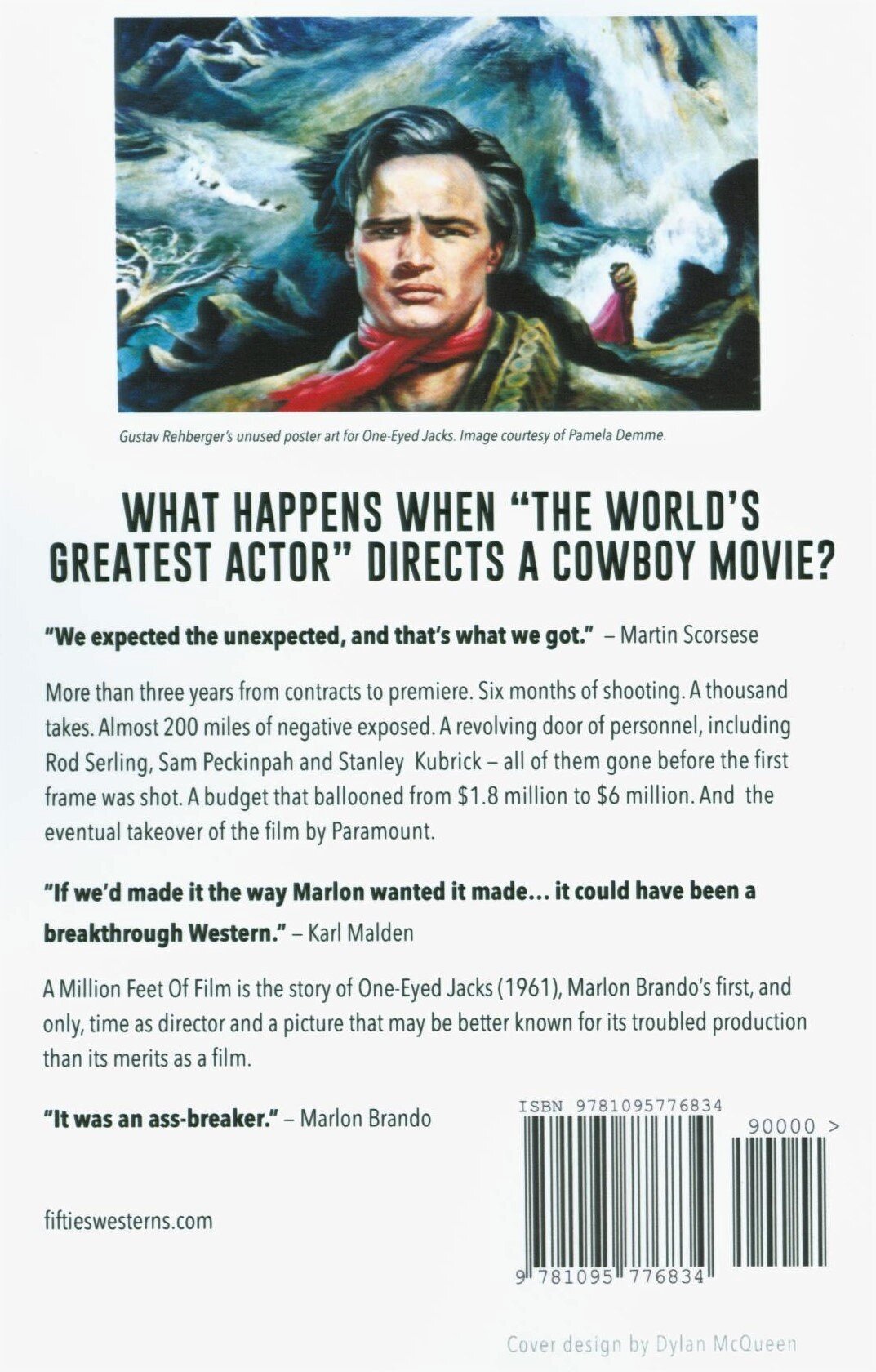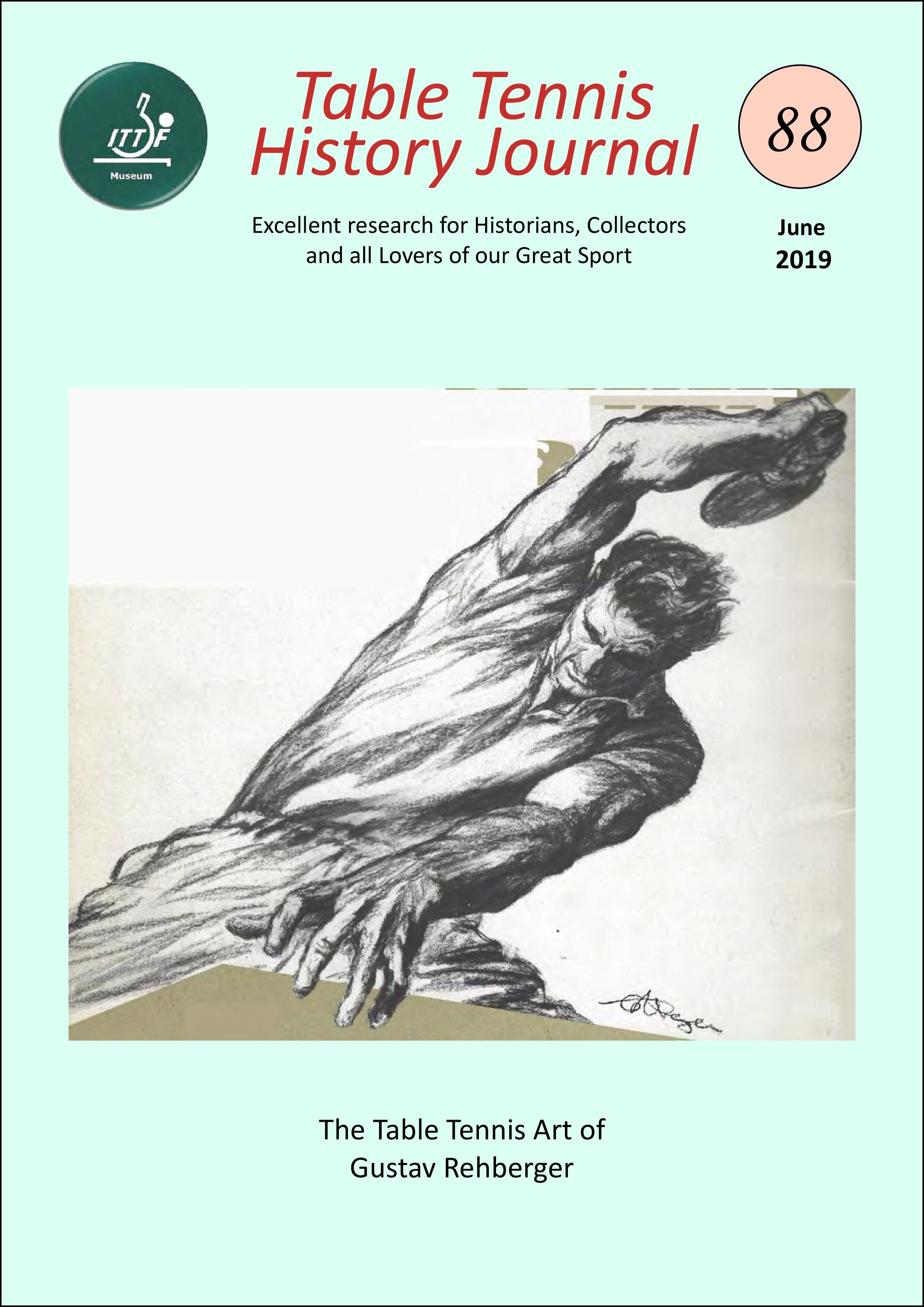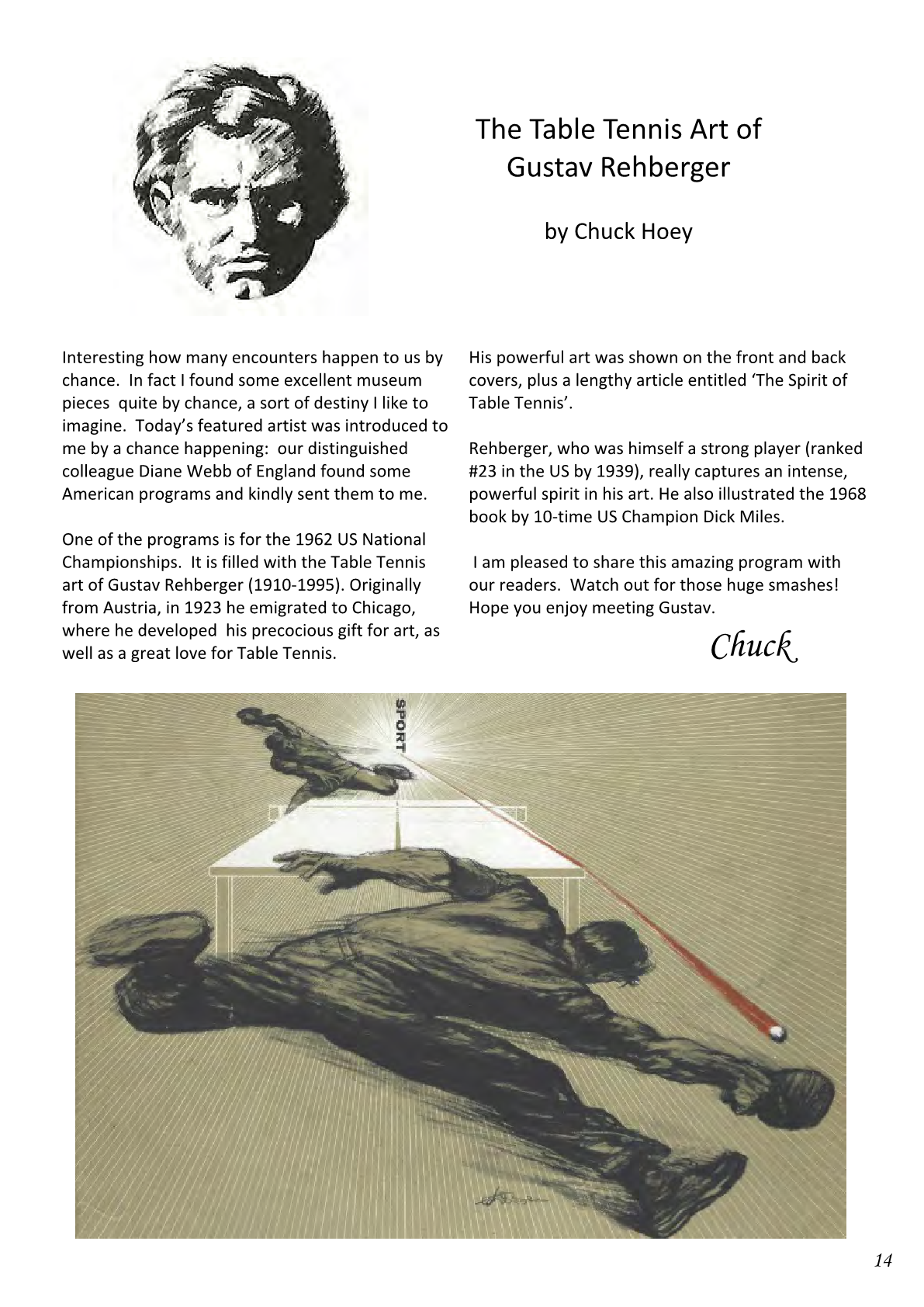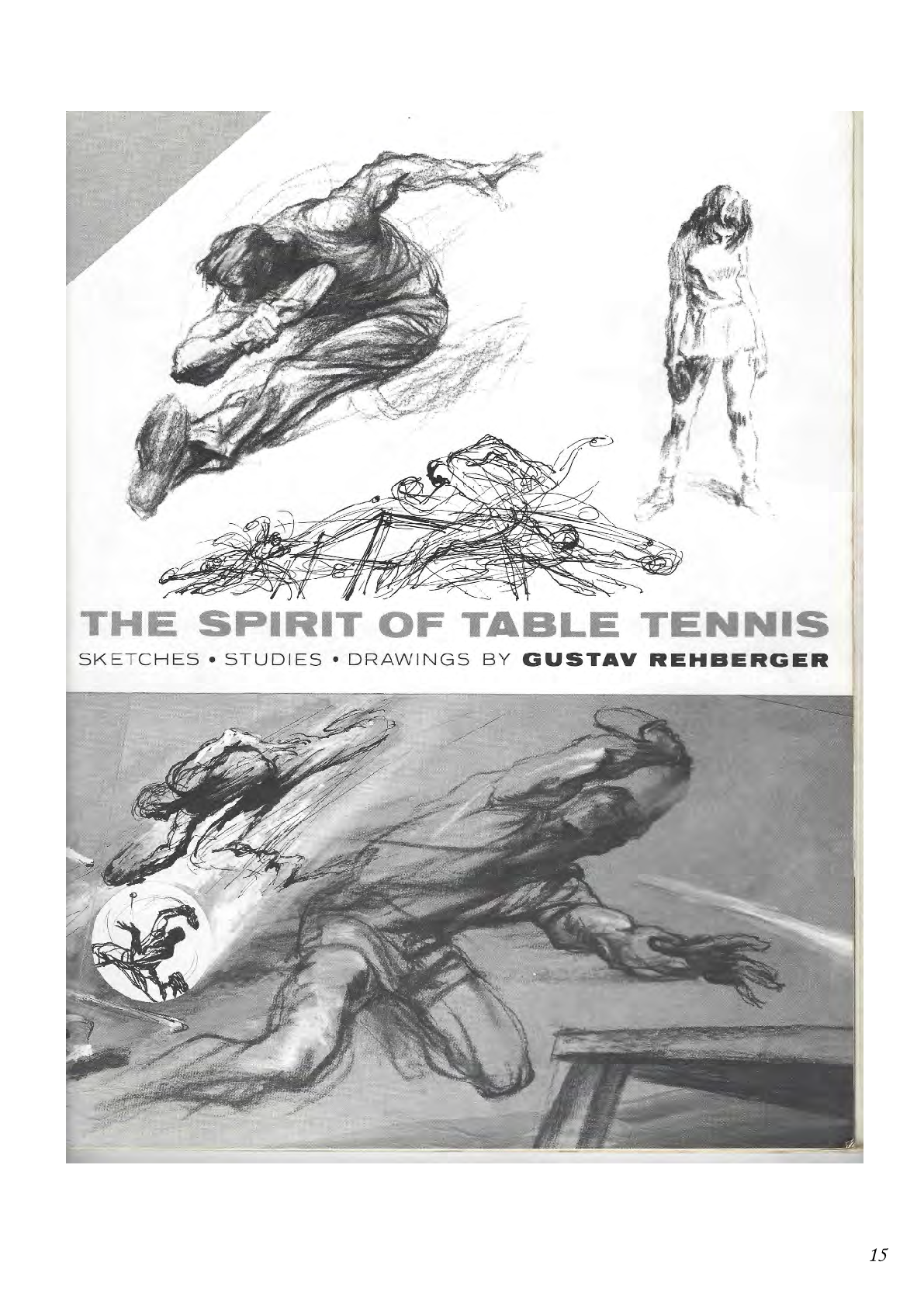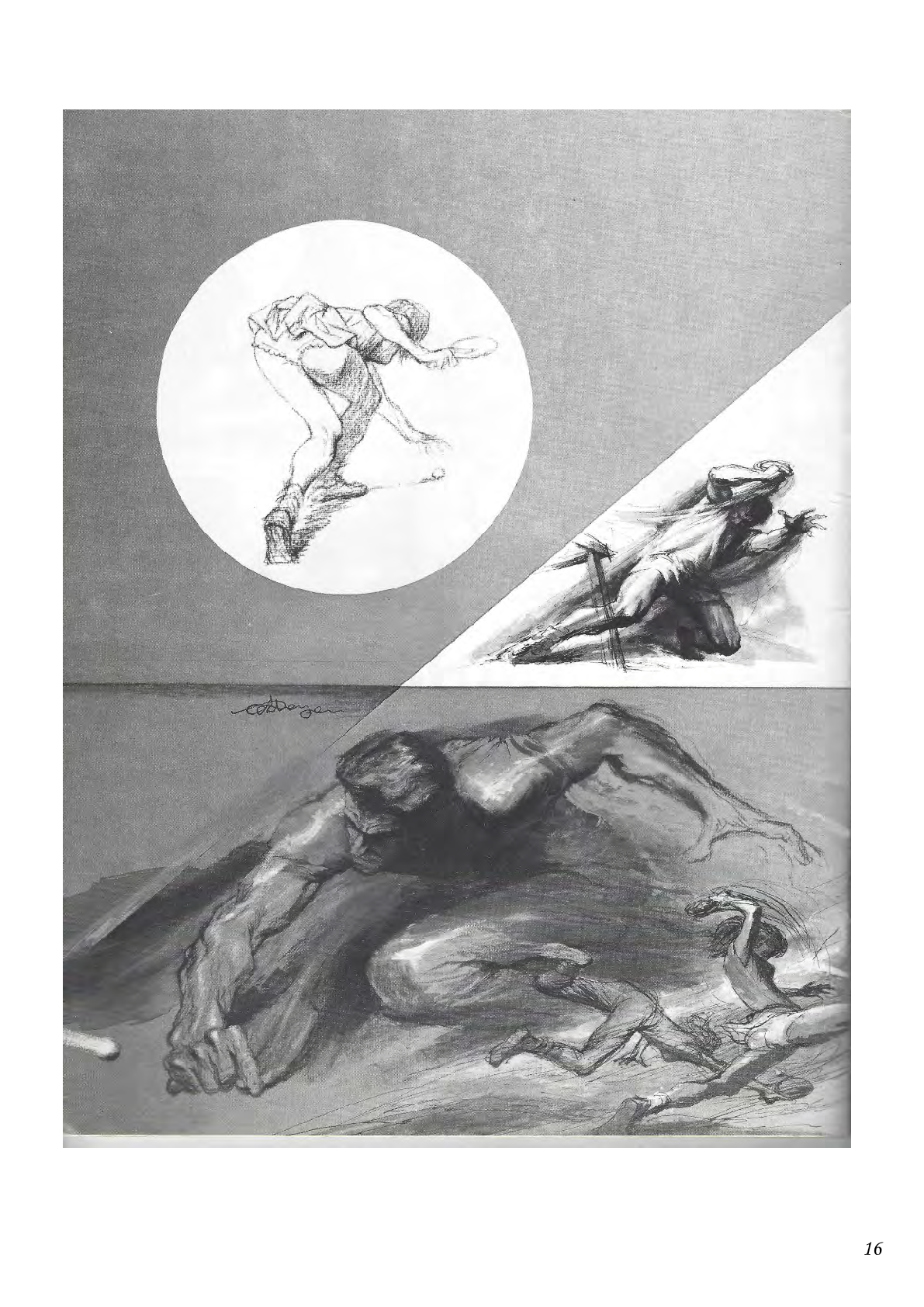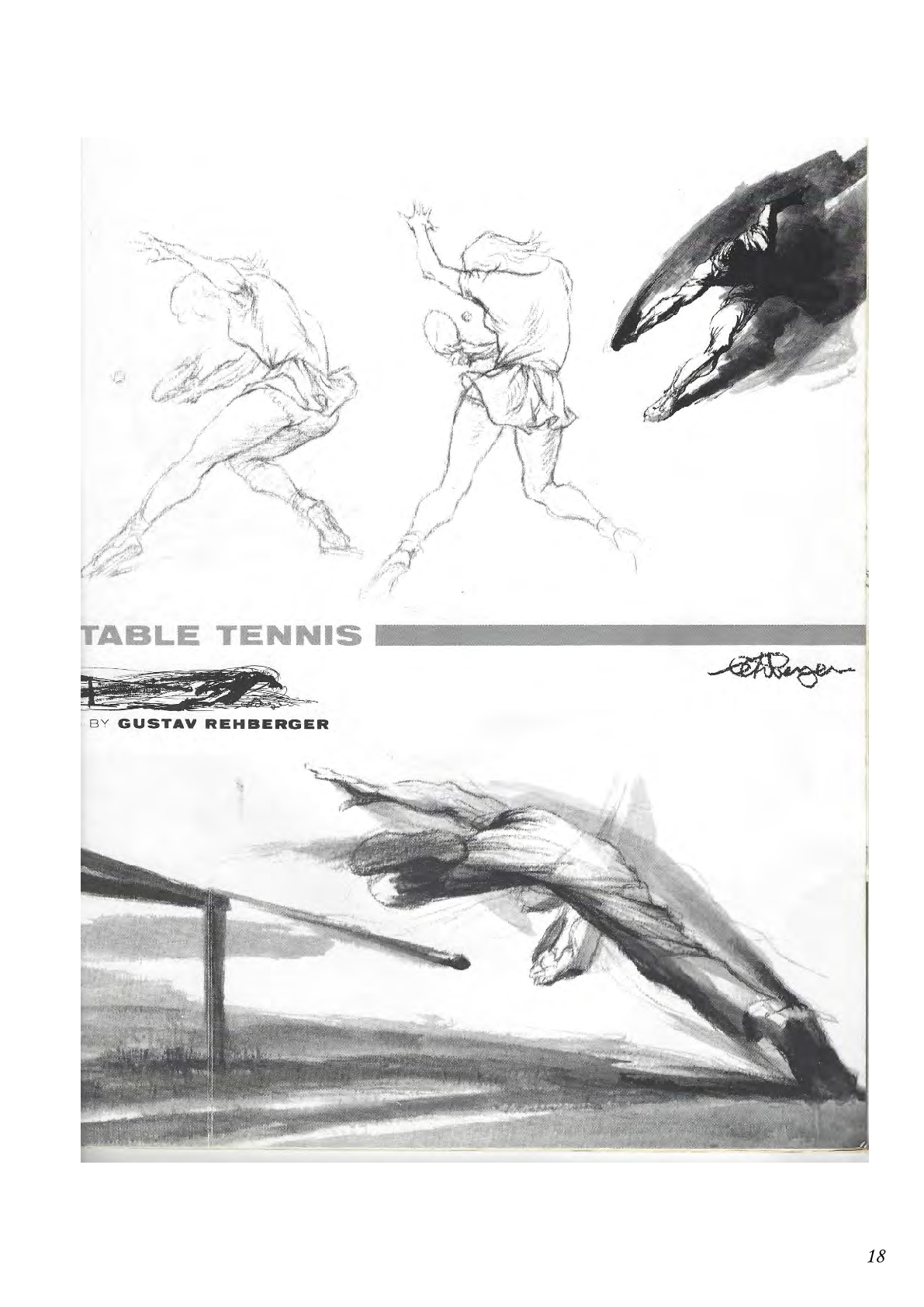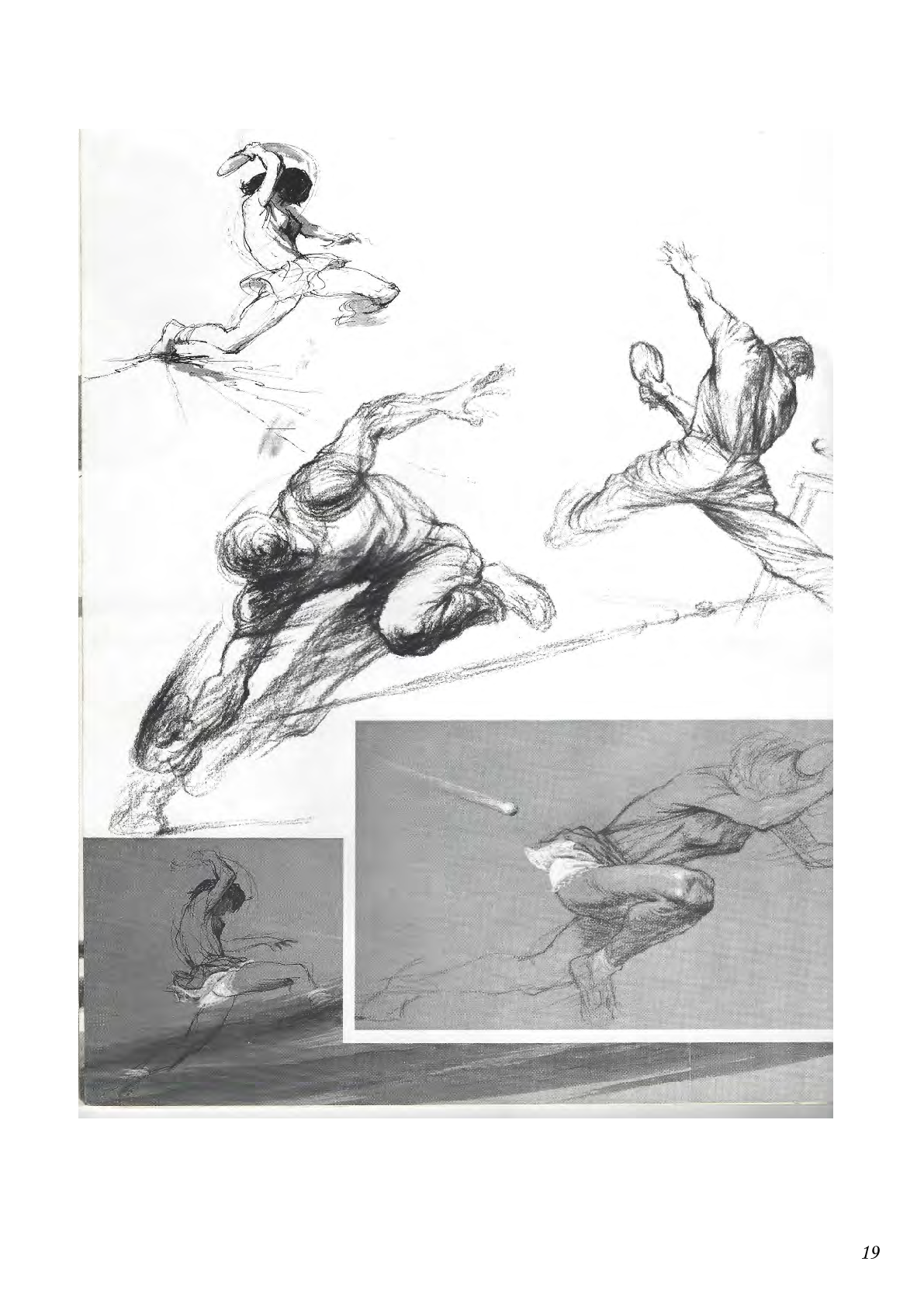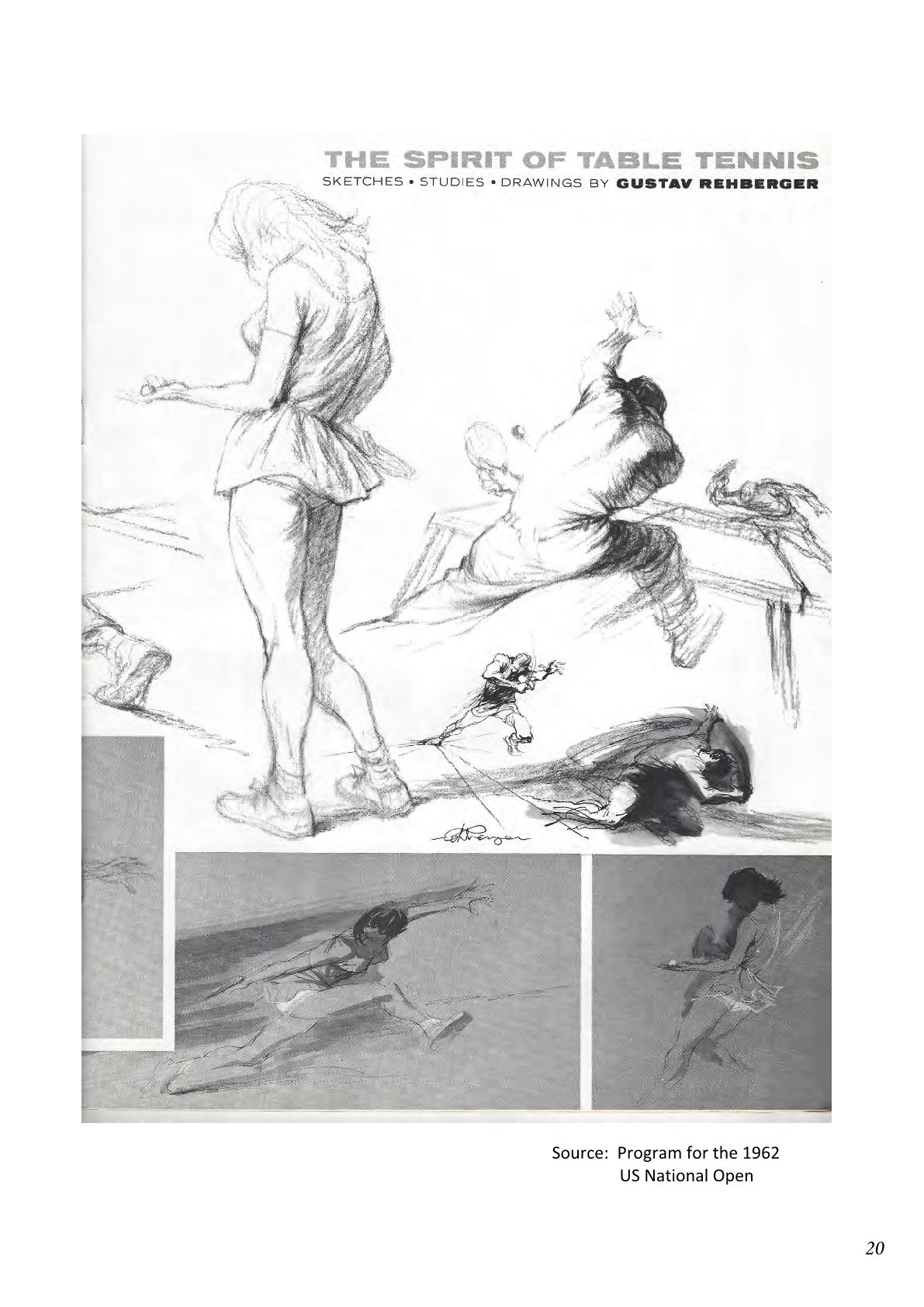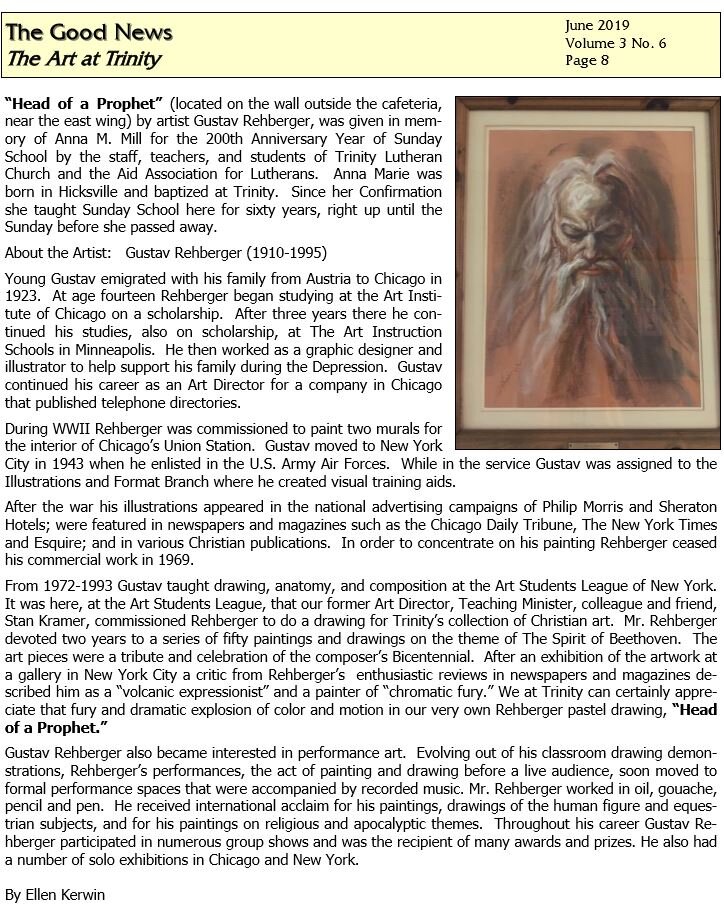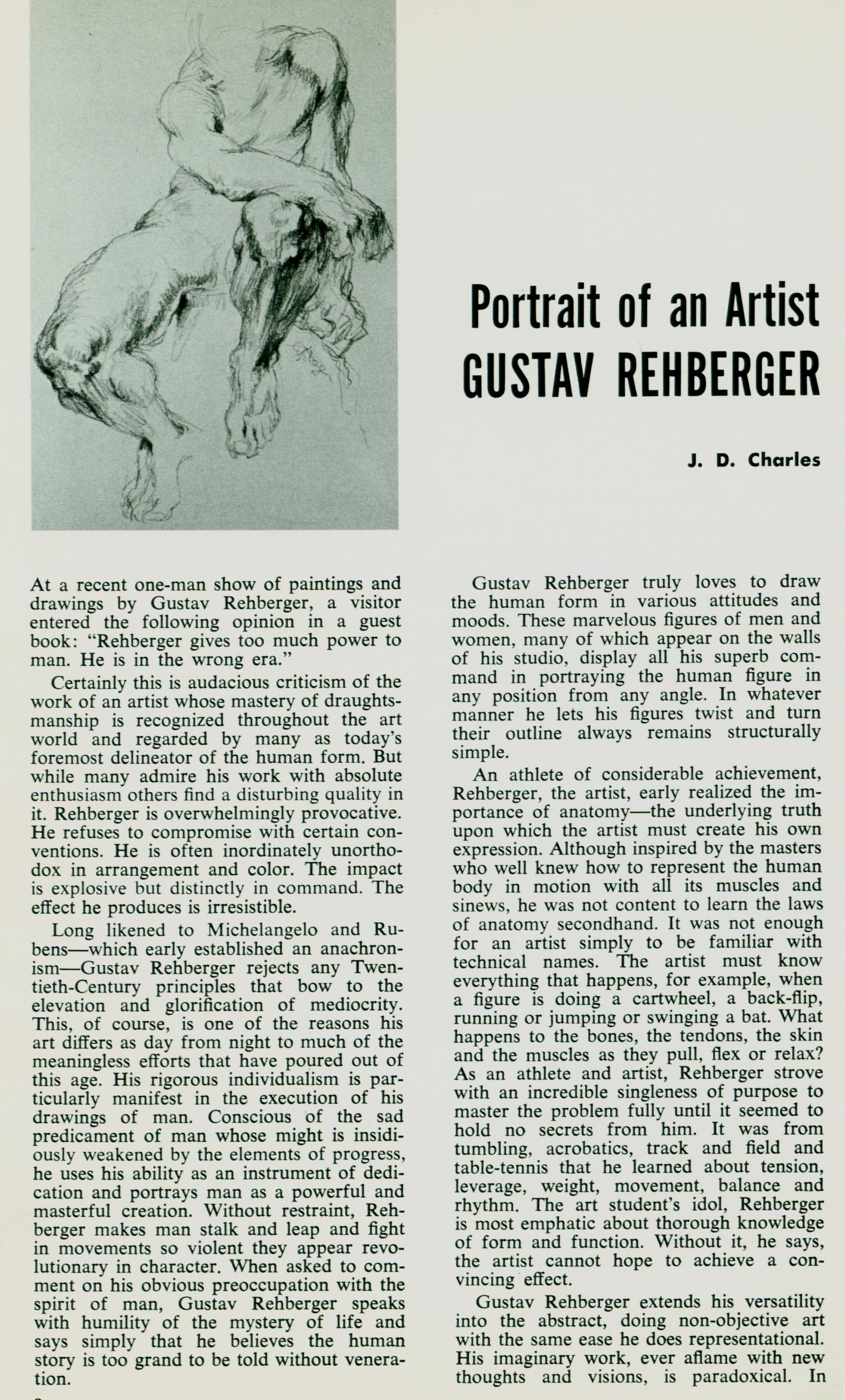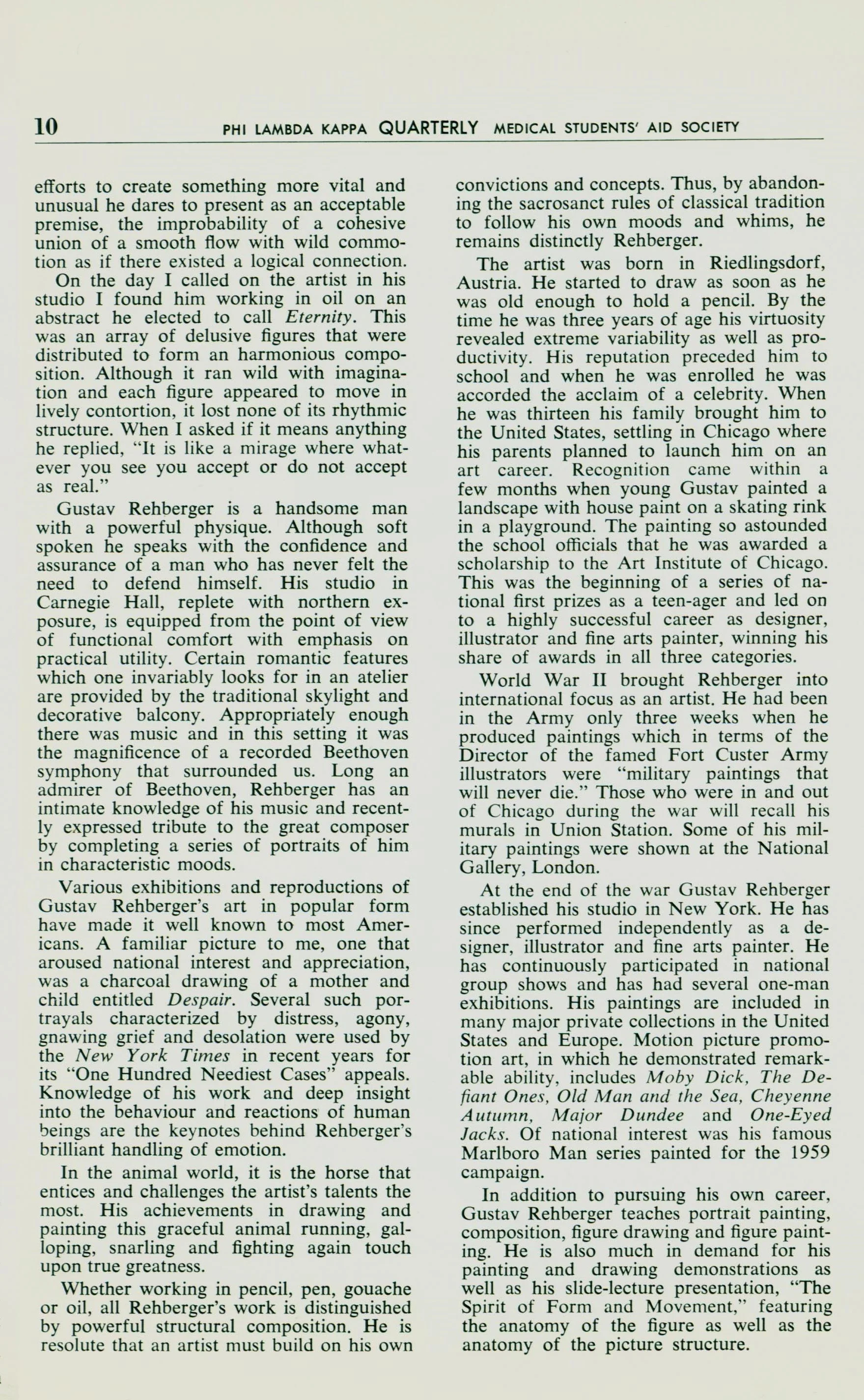JULY 2022
NEW NATURE TRAIL FEATURES REHBERGER’S CHILDHOOD HOME
A 12-stop nature trail and bike path has opened in Riedlingsdorf that highlights the location of Gustav’s childhood home, which no longer exists. A placard provides a brief history along with images of his 13 years in Austria and his journey to America and the great artistic success he achieved over nearly 60 years.
NOV 2020
ORF
Gustav Rehberger's painting of Marlon Brando executed nearly 60 years ago for the western movie titled "One-Eyed Jacks" (starring Marlon Brando) made its debut on ORF, an Austrian national public service broadcaster. The news story highlights Rehberger's "One-Eyed Jacks" and other treasures that can be seen in a new exhibit titled "Our Americans" that will open at the Landesmuseum Burgenland on February 25, 2021. The exhibit celebrates the rich and diverse emigration stories of Burgenlanders that made their way to America in the search for new opportunities.
SEP 2020
THE PROVINCE OF BURGENLAND
Gustav Rehberger Fine Art is pleased to announce that an exquisite painting of Marlon Brando by Gustav Rehberger, commissioned by Paramount Pictures in 1961 for the film “One-Eyed Jacks” has been purchased for the Landesmuseum Burgenland in Eisenstadt, Austria, for an exciting new exhibit that will debut on February 25, 2021. This exhibit celebrates the rich and diverse emigration stories of Burgenlanders that made their way to America in the search for new opportunities.
For over 25 years, Rehberger was enlisted by Hollywood's major movie studios to create Film Promotions for Warner Brothers, Paramount Pictures, Columbia Pictures and United Artists for movies starring iconic A-list stars such as Gregory Peck, Elizabeth Taylor, Richard Burton, Tony Curtis, Sidney Poitier, Yul Brynner, Marlon Brando and others.
A Touch of Hollywood in the Exhibition “Our Americans” in the Anniversary Year 2021
“The Province of Burgenland [Austria] buys painting “One-Eyed Jacks” by Gustav Rehberger, who was born in Riedlingsdorf, from [the Trigg Ison Gallery] in Hollywood.”
"Takeover of the Rehberger Painting”: [Burgenland] Governor Hans Peter Doskozil officially received the painting on Monday with Museum Director Gert Polster.
“The preparations for the exhibition of the state museum “Our Americans” in the anniversary year 2021 are in full swing. For the exhibition, the Landesmuseum has now bought a painting by Gustav Rehberger, who was born in Riedlingsdorf and who emigrated to the USA in 1923. This is the oil painting "One-Eyed Jacks" from 1961, which was purchased by a gallery in Hollywood. ‘The painting was selected because it was the template for an advertising poster for the film of the same name with Marlon Brando - this case documents that a Burgenlander who emigrated in the 1920s made it 'to Hollywood'. That shows how complex the history of the Burgenland US emigration was,’ emphasizes Governor Hans Peter Doskozil, who officially received the picture on Monday.
Gustav Rehberger was born on October 20, 1910 in Riedlingsdorf. He spent his first childhood years on his grandparents' farm in Riedlingsdorf "with an abundance of animals and birds and all the other wonders of nature," as he later recalled. He was the youngest of three children and his talent for drawing and painting showed very early. Gustav Rehberger's parents initially emigrated to America without their three children, who grew up with their maternal grandparents. It was only after more than seven years that they met again in Riedlingsdorf. On the parents' second trip to America, all three children were on the SS Munich ship and they entered Ellis Island on the evening of July 2, 1923. When Gustav Rehberger got off the ship at the age of 13, he didn't speak a word of English, only German and Hungarian. The family lived in Chicago and at the age of 14 Rehberger began studying at the Art Institute of Chicago on a three-year scholarship. First he worked as a graphic designer and illustrator. Rehberger moved to New York City in 1943 and did illustrations for major American newspapers and magazines such as the Chicago Daily Tribune, New York Times, and Esquire. From 1969 he concentrated only on the artistic work and taught anatomy and composition at the Art Students League in New York until 1993. Gustav Rehberger died on July 22, 1995 in New York City.”
Image source: Landesmedienservice Burgenland (Burgenland Press Service)
Mag.Sabine Bandat September 15, 2020
Landesmedienservice Burgenland
7000 Eisenstadt, Landhaus, Europaplatz 1
Tel: 02682 / 600-2941
Fax: 02682 / 600-2278
post.oa-presse@bgld.gv.at
Please visit the Landesmuseum Burgenland to view the original press release. https://www.burgenland.at/themen/wissenschaft/landesmuseum/
FEB 2020
Table Tennis History Foundation
“The Incomparable Gustav Rehberger - Part III” by Chuck Hoey
Table Tennis History Journal #90 February 2020, a publication of the International Table Tennis Federation.
OCT 2019
TABLE TENNIS HISTORY JOURNAL
“The Table Tennis Art of Gustav Rehberger Revisited” by Chuck Hoey
Table Tennis History Journal #89 October 2019, a publication of the International Table Tennis Federation.
“A Million Feet Of Film: The Making Of One-Eyed Jacks” by toby roan
Toby Roan is an expert in classic Western films and has penned a new book titled, “A Million Feet Of Film: The Making Of One-Eyed Jacks”.
“This is the story of Marlon Brando’s “One-Eyed Jacks”, his first, and only, time as director and a picture that may be better known for its troubled production than its merits as a film. More than three years from contracts to premiere. Six months of shooting. Almost 200 miles of negative exposed. A revolving door of personnel, including Rod Sterling, Sam Peckinpah and Stanley Kubrick — all gone before the first frame was shot. A budget that ballooned from $1.8 million to $6 million. And the eventual takeover of the film by Paramount.” Toby Roan, Author.
In 1961, Gustav was commissioned to create promotional art for the film but unfortunately the artwork was never used. Toby Roan paid homage to Gustav's unused illustration of Marlon Brando by placing it on the back cover of his new book. Movie buffs can learn more about classic westerns at Toby’s website 50 Westerns From The 50s.
JUNE 2019
TABLE TENNIS HISTORY JOURNAL
“The Table Tennis Art of Gustav Rehberger” by Chuck Hoey
Table Tennis History Journal #88 June 2019, a publication of the International Table Tennis Federation.
JUNE 2019
TRINITY LUTHERAN CHURCH & SCHOOL, Hicksville, New york
Ellen Kirwin, “The Art at Trinity.” The Good News, June 2019.
APR 2019
The Burgenland Bunch News
“Gustav Rehberger: Artist and Riedlingsdorf Native Son“, Tom Steichen, Burgenland Bunch News
“In August 2018, I received a short note offering to the BB the use of some photographs and a painting, all related to Riedlingsdorf, Burgenland:
Dear Mr. Steichen, I was wondering if you’d have an interest in old photos of Riedlingsdorf taken in 1937 by my late husband Gustav Rehberger. He also did some paintings of Riedlingsdorf as a child. The 1922 painting attached was painted at the scene. A few photos can be seen in the Bio section of his website: https://www.gustavrehbergerfineart.com/bio/ They might be of some value for your archives. You can use them in any way you want. There’s nothing to be found on Google on this subject. Sincerely, Pamela
Of course, this prompted me to investigate the website, and I came away quite impressed! Apparently, Gustav Rehberger had a long artistic career as a painter, draftsman, muralist, designer, illustrator, lecturer and educator. He was born in Riedlingsdorf in 1910, emigrated in 1923 to Chicago with his family, and died in 1995 in New York City.
However, no life story is as simple as that two-sentence summary... so I'll fill in some of the details for you.”
Continue to The Burgenland Bunch News.
1996
Austria Kultur
"A modern Renaissance man, [Gustav Rehberger] was an artist of exceptional natural capacity for creative and original conceptions and unparalleled versatility. Internationally acclaimed, Gustav Rehberger was properly called as a 'volcanic expressionist.'
And so he was. Whether working in pencil, pen, gouache or oil, his uncompromising individualism was glaringly evident. Every line, every stroke was charged with a continuous flow of activity; whirling, driving--a blaze of tempests, turbulence, exciting commotion when one would expect the subject to leap off the paper or canvas."
This chromatic fury, however, was not born of sheer imagination. Living images of his childhood, be it a raging flood, a violent storm, overturned wagon or horses on a rampage - all eruptive violence - made such an indelible impression on young Rehberger that throughout his professional career these mental treasures triumphed as a viable source of inspiration.
Gustav Rehberger died in New York City on July 22, 1995. He was 85 years old. Although he was best known for his towering achievements, his drawings and paintings of the human figure, of equestrian and horse subjects and apocalyptic themes, his religious works, of which he made many, were marked by intense reverence - treated by the brush of an artist who truly believed in the majesty of God.
Gustav Rehberger was born in Riedlingsdorf, Austria the second of Elizabeth and Josef Rehberger's three children. Fame came early to Gustav Rehberger. Drawing from inner compulsion, he was a celebrity by the age of four. As a school boy his drawings were greatly admired and drew honeyed words of praise from his teachers.
In 1923 Gustav came to the United States with his family. They settled in Chicago. His career in the world of art took off at once. The gifted Austrian was fourteen years old when Chicago newspapers carried such banner headlines as "Immigrant boy in the United States one year wins scholarship" and "Austrian school-boy ice artist wins chance for career."
Gustav Rehberger's meteoric career literally began with a cake of ice, a large cake. In Chicago's Mozart School playground, on the skating rink, the new arrival painted a landscape that showed snow-capped mountains, green forests, vegetation - all reflected in a still mountain lake - memories, of course, of his beloved Austria. Following a meeting of the playground's directors, Gustav's amazing talent was determined worthy of a scholarship to the Art Institute of Chicago. Within a year he was a awarded a second scholarship, to Art Instruction Schools of Minneapolis.
At fifteen Gustav Rehberger won first price in a national contest and another competition in Chicago. This latter work so overwhelmed the judges that they requested he re-draw the picture in their presence to prove he actually made the original drawing.
With the onset of the Depression circumstances compelled Gustav to refuse two college scholarships. During those lean years his father was unemployed and without hesitation Gustav assumed the role of bread winner. Although still in his teens young Rehberger was offered more work that he could handle. With uncommon adaptability he did lettering, typography, graphic design, industrial design, illustration, and even some sculptures. He sketched and painted whenever he found time. his distinctive style soon came to the attention of collectors and visitors to national museums and other juried exhibitions.
After his military service, where he served as an artist in the United States Air Force, proving his love and loyalty to his adoptive country and fellow G.I.'s, Gustav settled in New York, where upon establishing a studio in Carnegie Hall he began doing commissioned work and independent painting.
Until his death in July 1995, Rehberger taught portrait painting, composition, figure drawing, and figure painting at the Art Student's League in New York, where he became a living legend, the absolute idol of those he taught. If ever his students wondered why Rehberger's art was distinguished by powerful structural composition, they soon learned that by abandoning the sacrosanct rules of classical tradition to follow his own moods and whims he remained distinctively Rehberger.
Gustav Rehberger will be missed by art students from all over the world. But he will not be forgotten by them. In attending to their own careers surely they will hearken to and heed the words of the master who beyond the grave will uncompromisingly admonish, 'It is the concept that is the all-important core of a picture. No amount of good painting will redeem a poor conception. And remember that worthwhile art is never achieved by mere accident.'"
Julie Charles. "Gustav Rehberger 1910–1995." Austria Kultur, July/August
1993
Artspeak
1977
Jacques Seligmann Gallery - “The spirit of man & horse”
In 1977, the Jacques Seligmann Gallery at 5 East 57th Street in New York City hosted a one-man exhibition of paintings and drawings by Gustav Rehberger. It was considered one of the foremost dealers and galleries. The following press release was penned by Theresa D. Parker, Director of Contemporary American Art at the Jacques Seligmann Gallery. The department was formed in 1935 as a subsidiary and was headed by Theresa D. Parker.
The one-man show titled, “Spirit of Man and Horse” showcased his “heroic interpretations of man, woman and beast”. This painting “Deluge” (below) and other works from the exhibition can viewed in SOLO SHOWS - Jacques Seligmann Gallery - "The Spirit of Man & Horse".
Deluge
1966
"Portrait of an Artist"
J.D. Charles. "Portrait of an Artist." Phi Lambda Kappa Quarterly. October 1966
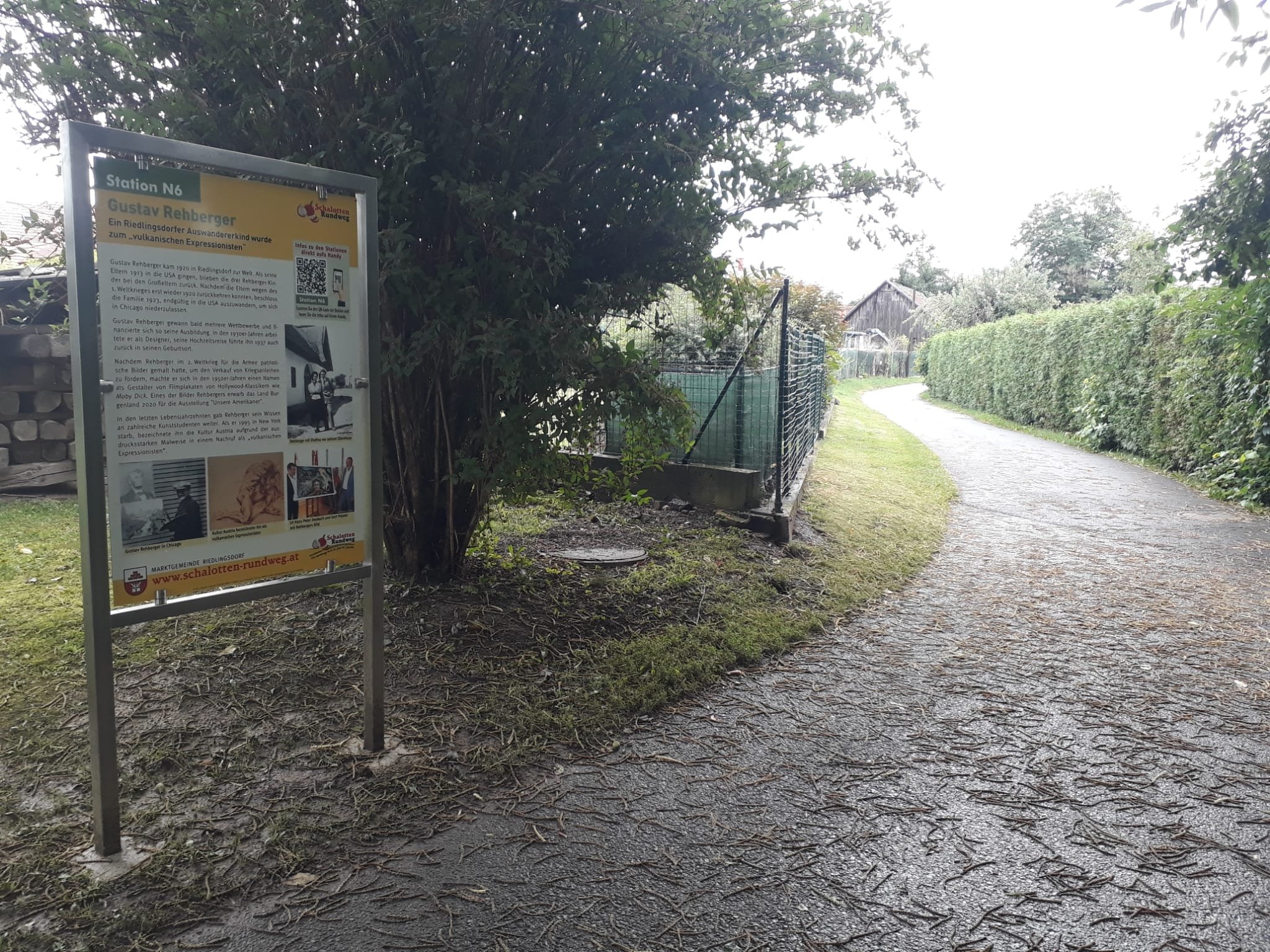
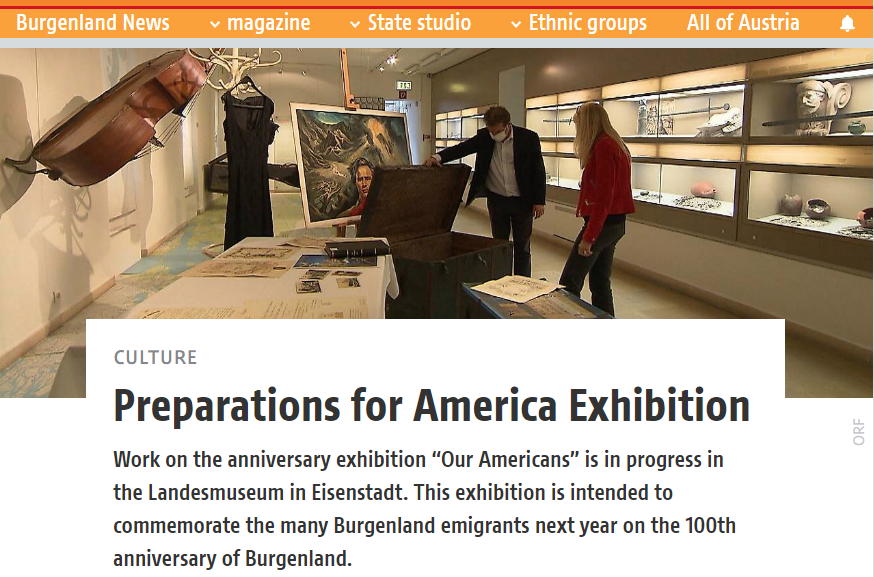
!["Takeover of the Rehberger Painting”: [Burgenland] Governor Hans Peter Doskozil officially received the painting on Monday with Museum Director Gert Polster.](https://images.squarespace-cdn.com/content/v1/58a874822e69cf0bf2b25788/1600643011157-KEXP580XX3JCVLVV42S1/Takover+of+Rehberger+Painting.jpg)
